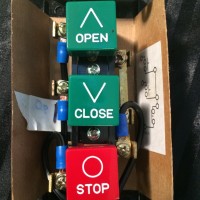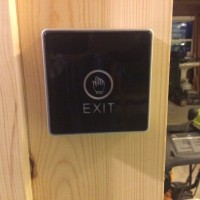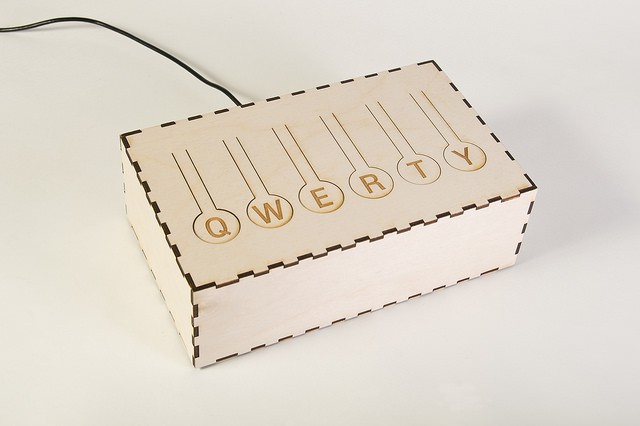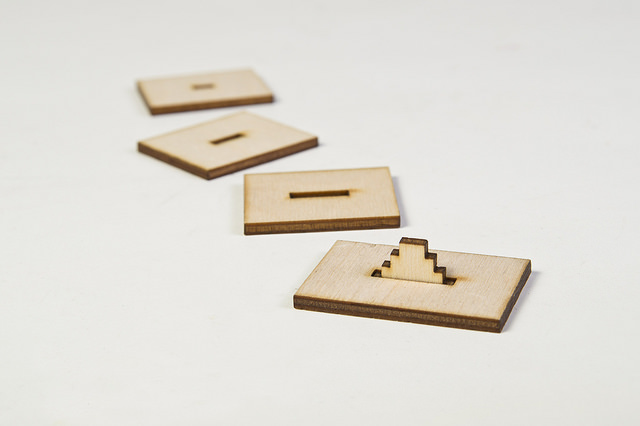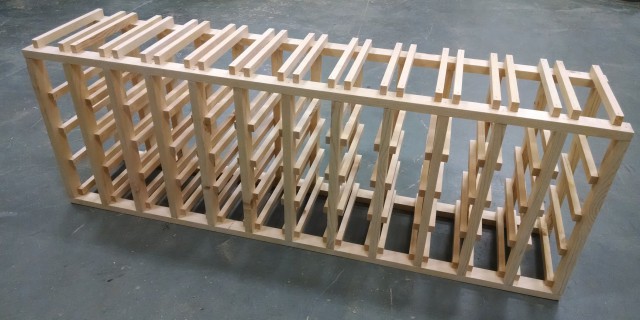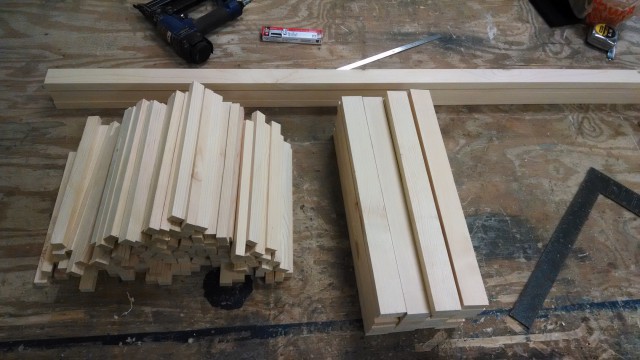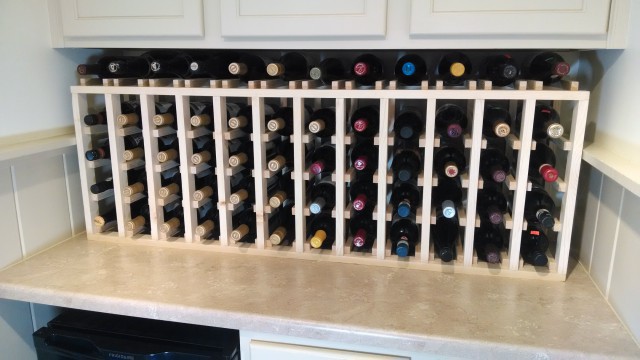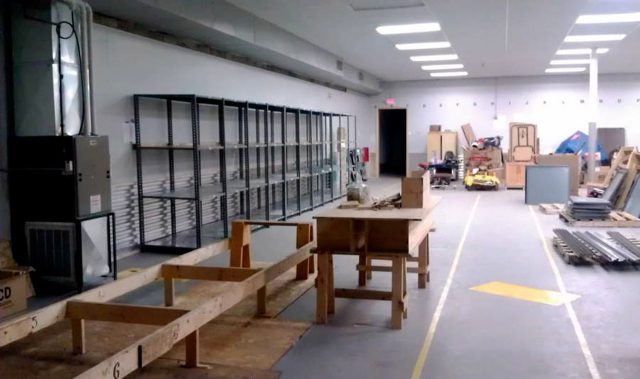
The photo above was taken in March of 2013, just two months after we moved into the building that is now home to Milwaukee Makerspace. Before January of 2013 we were located in the Chase Commerce Center, and Royce was the President, and Willie came to Royce with the idea of using the space to build a boat.
On the left side of the photo is the frame that Willie would build his boat upon. For the next (nearly) five years, anyone who came through the space for a tour, or showed up for an event, would at some point be told “And this where Willie is building a boat.”
Every week, or month, you’d see some progress. Willie would be working diligently on the boat. He thought it would be done in 2015, and then he thought it would be done in 2016, and finally, In August of 2017 the boat (named “LOY”) was ready…

And on September 2nd, 2017 Willie, along with his family, and friends, and members of the space, celebrated, and launched the boat into Lake Michigan. It was a beautiful day, and I’m not just talking about the weather. It was the culmination of years of work, and a testament to what Milwaukee Makerspace can be.
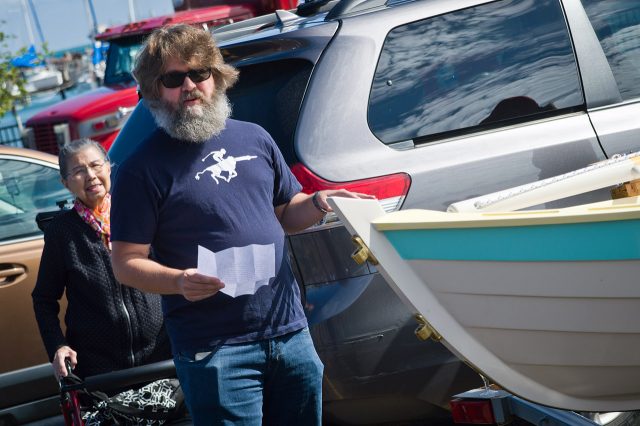
Royce, one of the Founders of Milwaukee Makerspace, said a few words about Willie, LOY, and the space. Royce doesn’t get to the space as often as he used to (kids, life, etc.) but it was great to see him talk about Willie and the boat, and how it all came together to happen at the space.
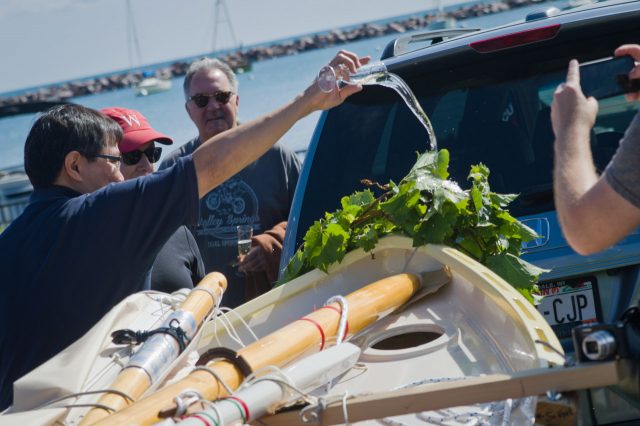
Willie pours champagne on the wreath at the bow of the boat. Much better than smashing a bottle against the hull!
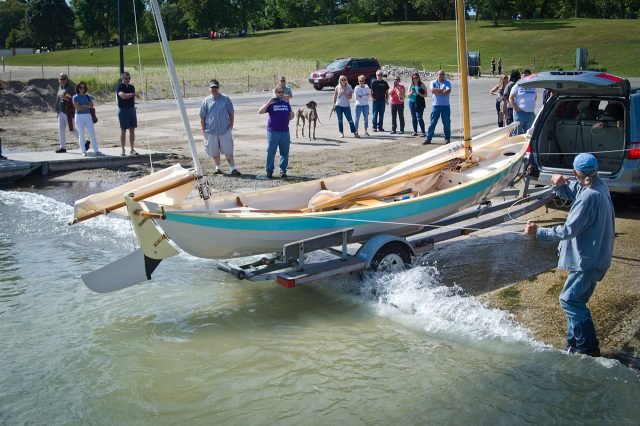
It’s nearly in the water! Wolfgang mans the lines and keeps things steady for the moment LOY touches the waters of Lake Michigan for the first time.

It floats! Willie made a joke that most boats only sink one time. He then got to work doing all the rigging necessary for a sailboat. There’s a lot of setup involved for the masts, sails, rudder, etc.
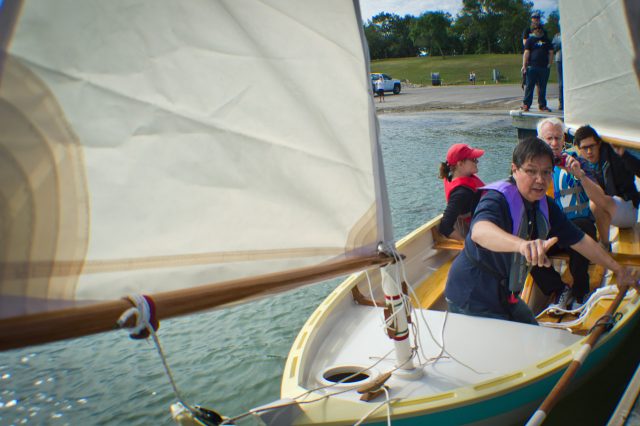
Captain Willie in command! Ready for the maiden voyage of LOY.
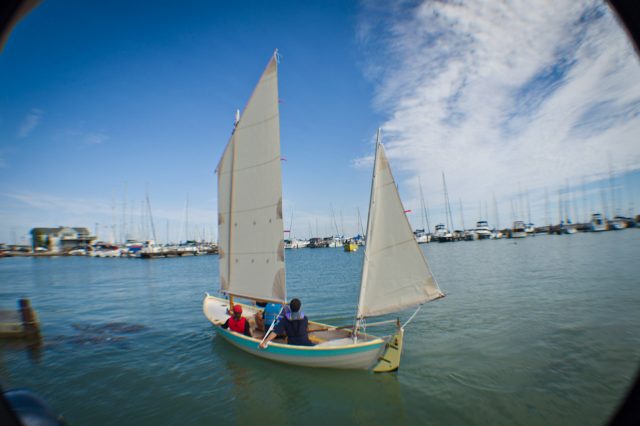
And they’re off! Seeing LOY sail away was an emotional experience. Many of our members know what it’s like to build large and complex projects, and some members know what it’s like to work on a project for years, but seeing that beautiful boat, and knowing all of the hours Willie put into it… it was something to behold.



Also, check out Carl’s video of the launch. It does a great job of compressing the morning into a few minutes, and hopefully you get a feel for the excitement of the day.
Finally, if you want to see LOY in person (and you should!) Willie will have his breathtaking creation at Maker Faire Milwaukee on September 23 & 24, 2017.
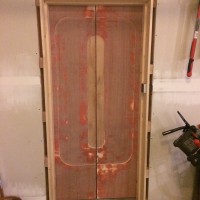
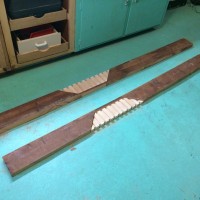 The physical doors themselves are done, except for paint. Fred has also been making a pretty neat frame for the garage side. He cut alternating widths of wood and then glued them together for the nice light-colored wood on the inset of the planks that will frame out either side of the door. A similar piece will cross the top of the door.
The physical doors themselves are done, except for paint. Fred has also been making a pretty neat frame for the garage side. He cut alternating widths of wood and then glued them together for the nice light-colored wood on the inset of the planks that will frame out either side of the door. A similar piece will cross the top of the door.